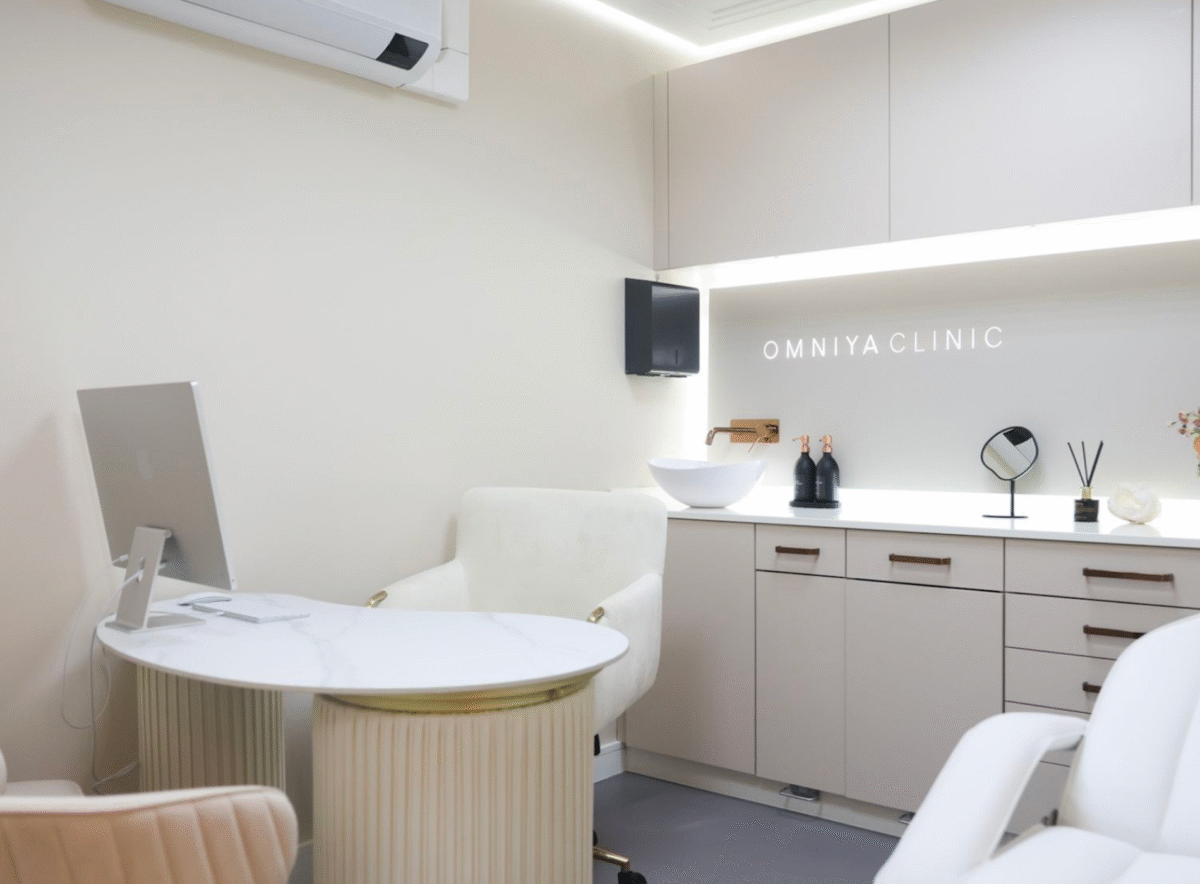Aftercare and Safety
Following hyaluronidase treatment, you may experience mild redness, swelling, or tenderness for 24-72 hours. The under-eye area may remain slightly puffy for a little longer, depending on skin sensitivity and filler density. Avoid makeup on treated areas for 24 hours, and refrain from strenuous exercise, heat exposure, saunas, or alcohol for 48 hours.
Your clinician will usually schedule a review at 1–2 weeks to assess the outcome once any swelling has subsided. In some cases, such as with dense or long-standing filler, a second session may be recommended to achieve complete correction.
Safety, Allergies and Suitability
Hyaluronidase has been safely used in medicine for decades, both in aesthetics and medical practice. Like all treatments, it carries some risk, which will be discussed during your consultation. Temporary effects may include redness, swelling, bruising, or tenderness in the treated area.
Allergic reactions are rare, but your clinician will review your medical history and obtain informed consent before treatment. Please inform us if you have a history of severe allergies. Hyaluronidase may also temporarily reduce small amounts of your body’s natural hyaluronic acid, this naturally replenishes over time.
Treatment is not suitable during pregnancy or breastfeeding, or if you have an active skin infection in the area. Our doctors will always ensure that dissolving treatment is safe and appropriate for you before proceeding.



































